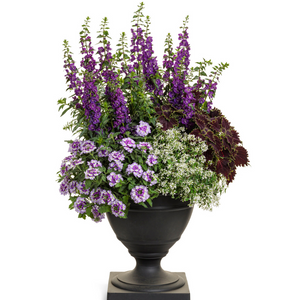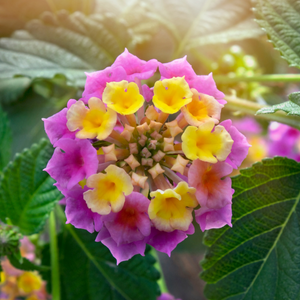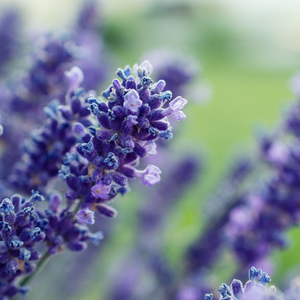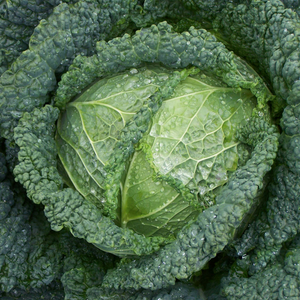News
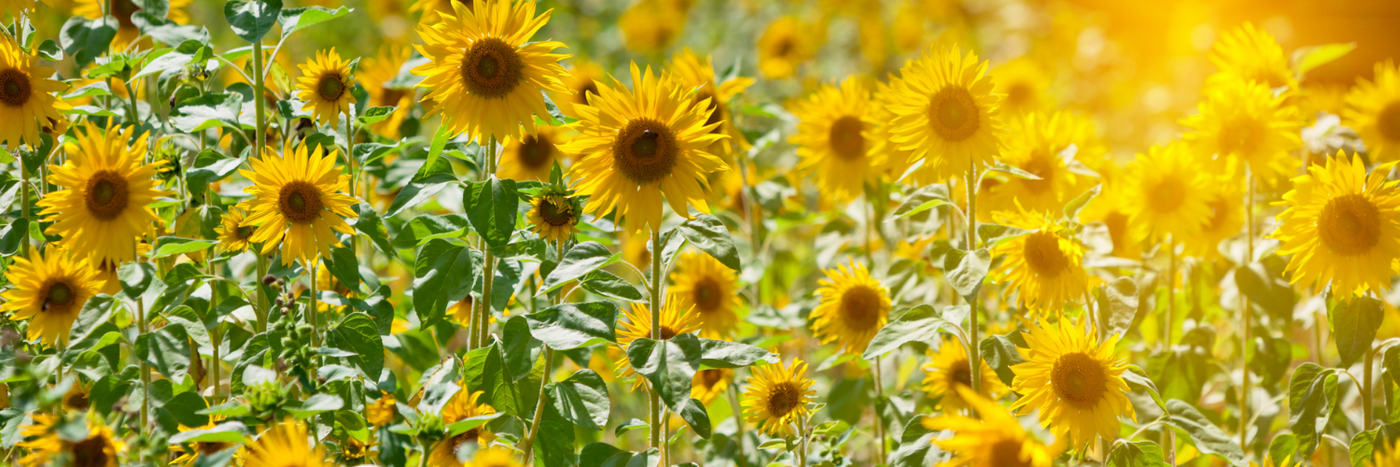
Sensational Sunflowers
Sunflowers originated in the Americas and domestic seeds dating back to 2100 BC have been found in Mexico. Native Americans grew sunflowers as a crop, and explorers eventually brought the flowers to Europe in the 1500s. Over the next few centuries, sunflowers became increasingly popular on the European and Asian continent, with Russian farmers growing over 2 million acres in the early 19th century (most of which was used to manufacture sunflower oil).
Dutch painter Vincent Van Gogh famously painted a world-renowned still-life series of sunflowers. His sunflower paintings are so famous, the Van Gogh museum has teamed up with the breeder of Sunrich sunflowers to create the “Sunrich-Van Gogh’s Favorite” label of sunflowers.
Sunflowers can be annual (Helianthus annuus) or perennial (Helianthus maximiliani), but most modern sunflowers are annuals.
Single Stem vs Branching Sunflowers:
Single stem sunflower varieties are best for high-density plantings and produce consistently beautiful flowers on tall stems. Succession planting will be needed for continuous Year of the Sunflower blooms throughout the season.
Branching varieties produce flowers on multiple shorter stems throughout the season, which makes them ideal for sunflowers all season long.
Single stem: ProCut® Series, Sunrich™ Series, and Vincent® Series
Branching: Autumn Beauty Mix, Soraya, SunBuzz, Suncredible®, Sunfinity™Pollen vs Pollen-free Sunflowers:
Sunflowers that produce pollen are a great option for gardeners focused on supporting pollinators or for those looking for a lower price point.
Many modern sunflower varieties are bred to be male sterile, or pollen-free, to help foster extended vase life and a nice, clean appearance. These also keep your table clean from pollen!
Luckily, there are many varieties of both pollen and pollen-free:
Pollen-free: Moulin Rouge, ProCut Series, Sunbuzz, Sunrich Series, and Vincent Series
Pollen: Soraya, Ring of Fire, and Valentine
Height/Size of Sunflowers:
Another way to distinguish sunflowers is by their height and size. Smaller, ornamental sunflower varieties, such as the Sunrich or ProCut series are only a few feet tall, while American Giant Sunflowers can grow to be 15+ feet. Depending on their height, the size of the flower will also change with larger flowers on the taller varieties.
Tall: American Giant, Kong, Mammoth, Sunforest
Dwarf: Smiley, Sunbuzz, Suntastic, Teddy Bear, Suntastic Yellow with Black Center
Sunflowers for Edible Seeds:
Some varieties have been bred to produce large, edible seeds that are great for snacking. The seeds are ready to harvest once the petals have withered and the seeds can be seen.
Edible seed types: Feed The Birds, Mongolian Giant, Skyscraper, Super Snack Mix, Titan
How to Grow and Care for Sunflowers:
Sunflower seeds can be direct sown after the risk of frost has passed or started indoors. Seeds should be sown ¼” to ½” deep and kept moist. Taller, larger sunflower varieties have a large taproot to keep them rooted and do not do well when they are transplanted so direct sowing of those varieties is recommended. Choose a site, or a container, in full sun, with average fertility and good drainage.
Recommendations for the best vase life:
If you’re growing sunflowers for cuts, here are some recommendations to extend the vase life of your flower.
- Cut when the petals or ray flowers just begin to open, before they have opened off the disc completely. It is recommended to cut in the early morning before the heat of the day.
- Remove the leaves below the water line and place in freshwater or properly measured fresh flower food solution
- Check water regularly; sunflowers are heavy drinkers and can empty a bucket or vase overnight
- Change water daily; sunflowers have what some call a dirty stem, as the water quickly turns cloudy with potential for bacterial issues
This Year of the Sunflower fact sheet is provided as an educational service of the National Garden Bureau.
- Kristin Ego
- Tags: sunflowers
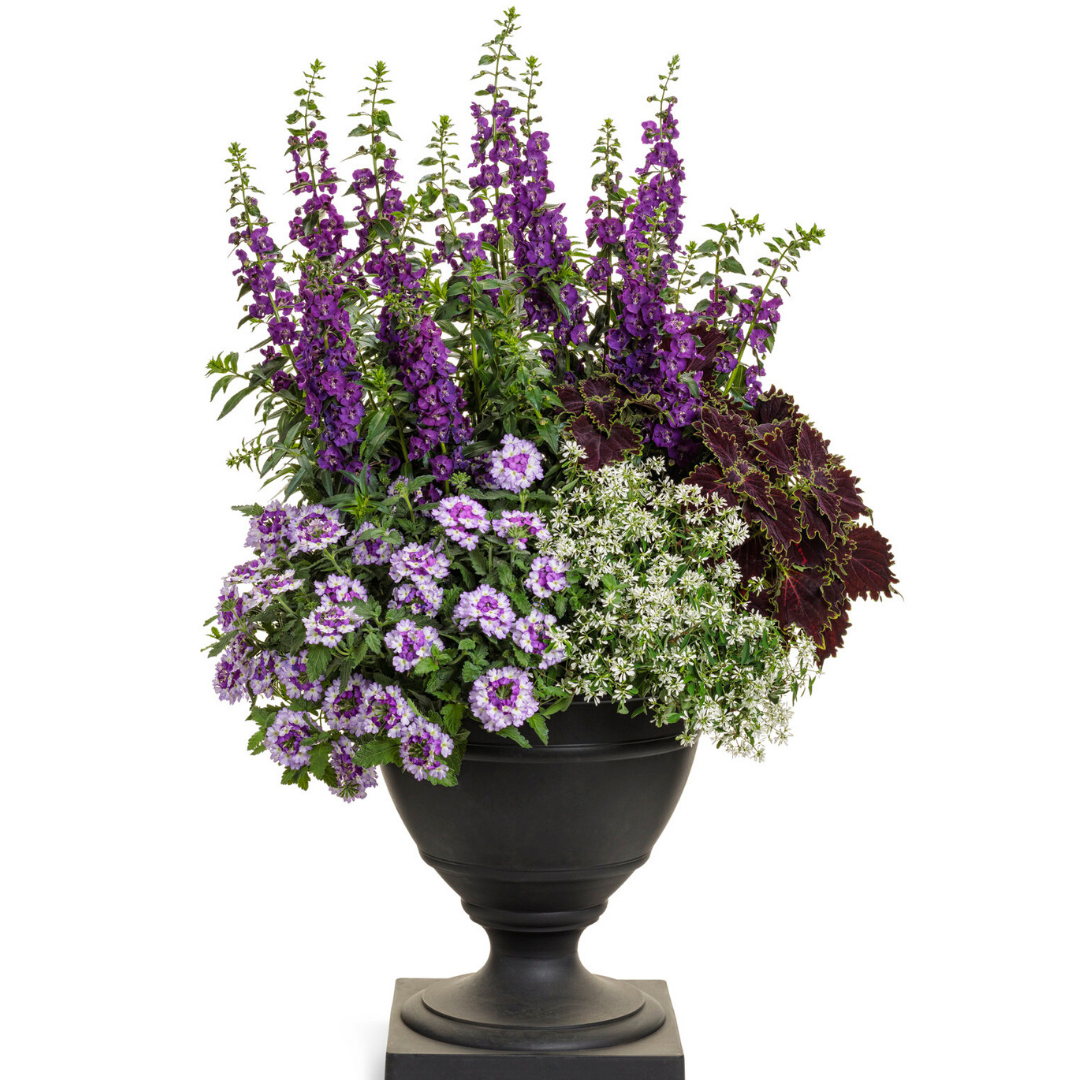
PW Idea Book
We grow many of the varieties featured in the annual PW Idea Book.
Click here to download a little inspiration for 2020
- Kristin Ego

Classic Blue Named Pantone Colour of the Year
ANNOUNCING THE PANTONE COLOR OF THE YEAR 2020
PANTONE 19-4052 Classic Blue
Instilling calm, confidence, and connection, this enduring blue hue highlights our desire for a dependable and stable foundation on which to build as we cross the threshold into a new era.
A timeless and enduring blue hue, PANTONE 19-4052 Classic Blue is elegant in its simplicity. Suggestive of the sky at dusk, the reassuring qualities of the thought-provoking PANTONE 19-4052 Classic Blue highlight our desire for a dependable and stable foundation on which to build as we cross the threshold into a new era.
Imprinted in our psyches as a restful color, PANTONE 19-4052 Classic Blue brings a sense of peace and tranquility to the human spirit, offering refuge. Aiding concentration and bringing laser like clarity, PANTONE 19-4052 Classic Blue re-centers our thoughts. A reflective blue tone, Classic Blue fosters resilience.
- Kristin Ego
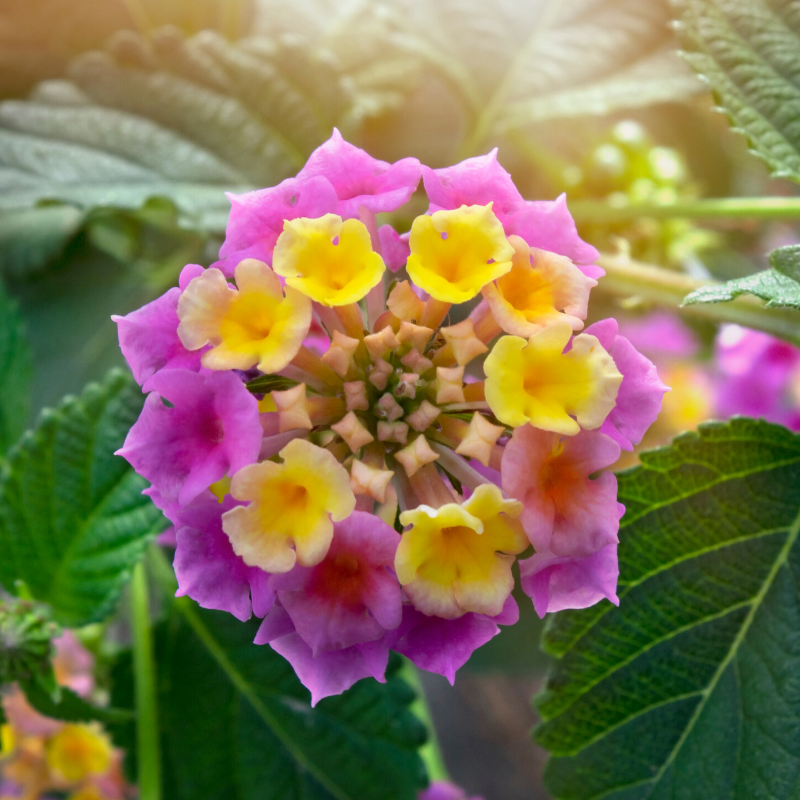
Lantana - Easy Growing Butterfly Magnet
Lantana has a rich history of being utilized in the garden for long-lasting, colorful blooms, superior heat tolerance and the ability to attract bees, butterflies and hummingbirds. Featuring clusters of bright colors, solid as well as multi-color, Lantana can be used in containers, landscaping and hanging baskets.
In the 18th century, lantana was a popular greenhouse plant in Europe and breeding efforts were extensive, resulting in hundreds of available selections.
There are 150 species of lantana in the verbena family (Verbenaceae) and the most commonly used ornamental selection is Lantana camara. Hardy to zone 8, this plant can be a perennial (tender perennial in zone 7) or even a medium shrub in frost-free locations. It is most commonly used as an annual in colder areas.
Butterfly Heaven
Looking to attract butterflies in your garden? You can’t go wrong with lantanas!
Lantana is a must-have for creating a pollinator haven. These plants are REALLY attractive to butterflies, bees and hummingbirds on so many levels: sweet nectar for food, attractive scent, bright color, and the overall flower form (it’s a literal landing pad!).
These flat-topped “landing pad” flowers consist of clusters of tubular blooms that together make an umbel flower form. Lantana flowers come in single or multiple colors. Multiple colored lantana flowers change color as they mature. The newest flowers, opening in the center of the umbel, are one color that changes as they mature and move to the outer edges of the cluster. This maturation of the flowers within the umbel can lead to two or even three-toned flowers. The flowers come primarily in shades of red, orange, yellow, white, pink, purple or lavender and often have a slight, spicy flower fragrance.
Ready for the Heat and Drought!
Want a flower that keeps on flowering throughout the summer is scorching heat and dry conditions? Then Lantana is the perfect plant to grow in your garden and containers!
These plants love the heat and like to be kept on the drier side. They do best in full sun and well-drained soil and hate to be overwatered.
Breeders have recently introduced sterile, or near sterile, Lantana, which means the plant never sets seed, so they continue to bloom and bloom and bloom through the entire season! So, when that heat kicks up, these sterile varieties won’t set seed or cycle out of flower. (setting seed usually means the end of flowering).
Compact or Trailing
Lantanas fall roughly into two forms: compact or trailing. Compact, mounding plants are readily available and perfect for small spaces and containers. Trailing forms, which can spread up to three feet, are ideal to economically fill in larger areas with an impressive display of color. When purchasing your Lantana, always consider the final plant size as some can get quite large.
Home Gardening Tips
- Continuous blooms and easy care make Lantana perfect for those new to gardening.
- Lantanas grow best with at least 8 hours of full sun and in a variety of well-drained soil (they do tolerate salt). Avoid overwatering or placing them in poorly drained locations.
- In the spring, home gardeners will find Lantana plants at their local garden retailers and through some plant catalog companies.
- In colder climates, plant after the threat of frost has passed and ideally after the soil has warmed.
- Very few diseases are found. Powdery mildew may become an occasional issue, particularly during cool, wet summers and in situations where proper air circulation isn’t available. Root rot and sooty mold will occasionally become factors in overly damp situations as well.
- Overfertilization may result in more stem and foliage growth at the expense of flower production.
- Deadhead (removing spent blooms) regularly to keep the plant tidy and neat.
- If your plant becomes overgrown, prune it back severely to maintain a more compact form.
- Deer and rabbits avoid Lantana because of the “disagreeable odor” of the leaves.
- Kristin Ego
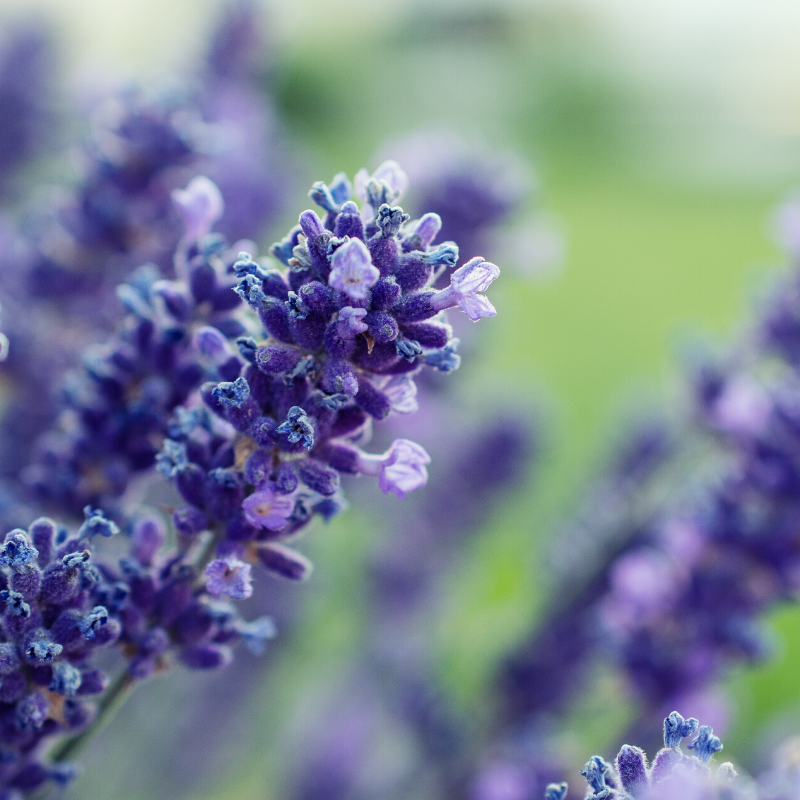
Lavender Lifestyle
The “Lavender Lifestyle” is real! Everywhere you look, people are incorporating this multifaceted plant into their daily lives: It’s seen in gardens, as well as in kitchens and décor. It’s even a special part of health and wellness routines. The texture, scent, attractiveness, and overall usability of lavender make it one of the most versatile plants you can grow.
Lavender Types
Lavender is a member of the mint family (Lamiaceae) and is found in many regions around the world, especially temperate climates. The most common types are English lavender (L. angustifolia) and Spanish or French lavender (L. stoechas or L. dentata).

English Lavender

Spanish or French Lavender
English…
is the hardiest in terms of garden performance. There are several varieties, such as Hidcote, Munstead or SuperBlue, that have been trialed to overwinter reliably through USDA Zone 5. English lavender blooms sit on spikes rising tall above a gray-green base of leaves. Both the florets and foliage are heavily scented. The plants flower mostly in pink-purple colors, but some silver-white varieties exist as well. It can grow as high as 3 to 6 feet (1-2m) depending on your region, but most of the top-selling varieties today are dwarf styles, which grow in a more manageable height of 6-24 in. (15-60 cm). Additional varieties of English lavender include Annet, Aromatico, Big Time Blue, Blue Spear, Ellagance, Lady, Lavance, Sentivia, Sweet Romance and Vintro, among others.
Spanish and French…
are natives to the Mediterranean where they grow evergreen. Their leaves are longer and gray-green, and the taller flower stems are topped with thicker pink-purple pinecone-like flower clusters crowned with similarly colored bracts. (Stoechas is a Latin word derived from the Greek word for “in rows,” which is how these cones generally display their tiny purple clusters.) This type of lavender is more fragile than English varieties; it is less winter hardy (USDA Zones 6-9). However, it still tolerates a wide range of temperatures. Its fragrance also makes it very attractive to bees – an excellent pollinator-friendly option for your garden or patio.
Some reblooming Spanish lavenders, such as the Anouk or Bandera series, flower heavily in the spring with a second flush of flowers later in the growing season. Spanish and French lavender work well indoors, too, and can be a scented décor or gift item. Additional varieties include Castilliano, Javelin Forte, LaVela, Papillon and Primavera among others.
New Varieties…
Then there are additional varieties, such as Phenomenal, Provence, Torch, Hidcote Giant, Edelweiss and Fred Boutin that are crosses between species to give an even wider array of lavender types, colors and habits.
As they say, there is something for everyone!
Ideal Growing Conditions
Lavender grows best in full sun in dry, well-drained soil; it does not like saturated roots. Adding inorganic mulches, such as gravel or sand, could help the soil conditions for a successful lavender bed. All lavender types need little or no additional fertilizer, and it is a good practice to provide air circulation. If you live in a region of high humidity, watch out for root rot due to fungus infection. This is sometimes aggravated by using organic mulches, which can trap moisture around the base of the plant.
Quick tip: Use gravel or crushed rocks at the base of the plant for a better growing environment.
In Your Garden
Planting lavender as a front border means you’ll see it up-close. Feel free to run your fingers through the soft foliage and enjoy the fragrance! Lavender can also be planted in a mixed patio container with other sun-loving plants, or by itself as a fresh way to scent the air in a small space.
DIY
The flowers and leaves of lavender plants are used in many herbal medicines and self-care regimes. Homemade projects and recipes include herbal teas, culinary spices, essential oils, aromatherapy, balms, and more. It is widely added to bath salts, soaps, soaks, perfumes, etc., for a fresh fragrance and calming effect. As a strong-scented herb, dried lavender florets can also be used to repel pests in the garden, or even in the home closet as a fragrant sachet pillow that can ward off moths. French chefs use lavender in a blend called herbs de Provence, which adds a fragrant spice to both savory and sweet dishes.
All of these uses add up to quite a versatile and enjoyable flower that’s become a must-have in gardens and homes around the world. And it’s easy to see how 2020 can be your Year of the Lavender!
This fact sheet is provided as an educational service of the National Garden Bureau.
- Kristin Ego
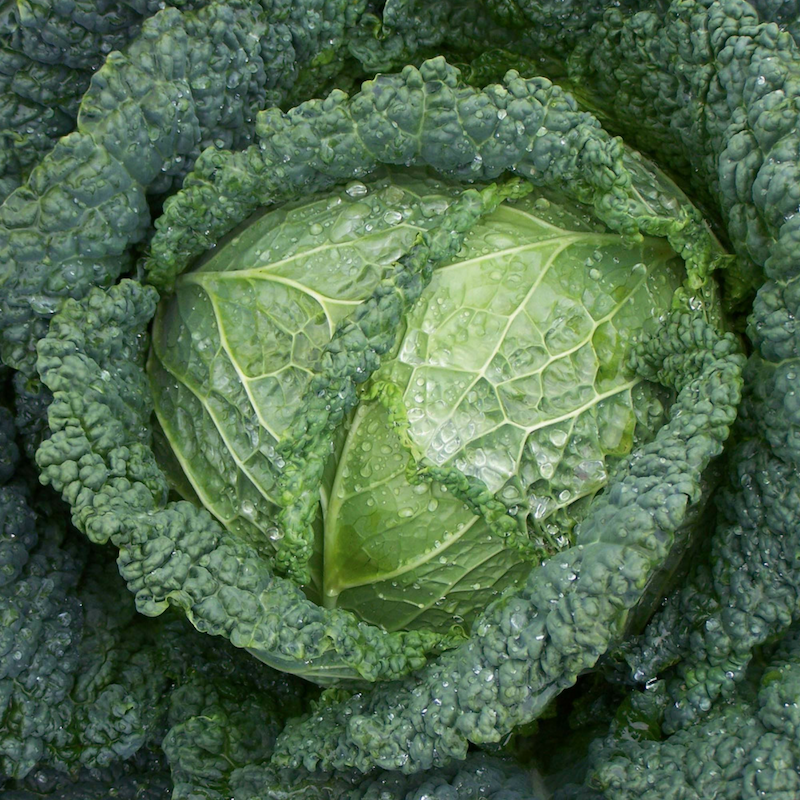
Beautiful Brassicas
The Brassica family of plants is one of the most prolific genera of vegetables in the world, enjoyed by countless generations in many forms and playing a starring role in many culturally significant recipes. Brassica vegetables, including bok choy, cabbage, cauliflower, collards, broccoli, Brussels Sprouts, kale, kohlrabi, rutabagas, and turnips are popular around the world today and have been a major food source for as long as anyone can remember. The Chinese philosopher Confucius, before dying in 479 B.C. wrote over 300 traditional songs describing life in the Chou dynasty. Many of the songs were agriculturally themed and named over 40 foods of the time, including cabbage! Perhaps current songwriters should devote more lyrics to healthy eating and the joys of agriculture!
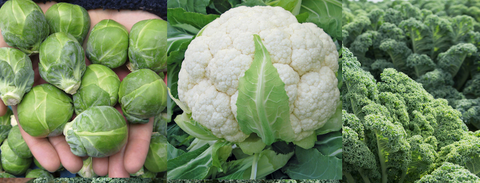
Health
Also known as cole crops, derived from the Latin word caulis, denoting the stem or stalk of a plant, brassica provide plenty of nutrition (vitamin C and soluble fiber) and healthy doses of glucosinolates, a compound that helps reduce the risk of various cancers of the digestive tract. In addition, red Brassicas provide mega-doses of Anthocyanin (a powerful anti-oxidant) at bargain prices. Some glucosinolates have a bitter flavor that makes them unpalatable to some people. Modern breeding has replaced some of the bitter glucosinolates with neutral-flavored ones so that all palates can enjoy Brassicas.
Most members of our garden Brassicas are all members of the same species: Brassica oleracea. Simple and natural mutations lead to the development of large leaves in kale and collards, while other mutations lead to the development of heads in cabbage, arrested flower development in broccoli and cauliflower, or prolific development of axillary buds in Brussels sprouts. Other members of the Brassica family include Chinese cabbage, radish (root), and kohlrabi (swollen stem).
In many areas, brassica crops are best planted in the early spring or fall. Many can endure or embrace a light frost so consider them extenders of your gardening year. Overall, brassicas are easy to grow, just follow the directions that come with the seed or plants that you purchase and enjoy them in your garden.
Major Types of Brassicas:
Cabbage comes in many forms and colours: white, green, red, round, flat, pointed, savoyed, Chinese, etc. Cabbage can be grown nearly year-round; delicately textured early spring cabbages, sweet and tasty pointed cabbages, bolder summer cabbages, and hardy winter cabbage.
The early spring and summer types are attractive to modern consumers as they have small heads (no waste) and can be eaten raw or just lightly cooked. They also have lettuce-like qualities: crunchy and juicy with a very mild flavor. For refreshing salads, light, crunchy and juicy cabbage is desired. For stir fries thin, crisp leaves cook quickly but still retain some crunch. For coleslaw, cabbage needs enough oomph to stand up to the mayonnaise and marinades and not get soggy. And, for soups and stews, cabbage that retains its texture and does not turn to mush after simmering for a while is desired. Savoy cabbage is best eaten cooked, it develops a lovely sweetness and brilliant fresh color after steaming for just a few minutes. Toss with some milk and sprinkle with some nutmeg – you’ll have a whole new appreciation for savoy cabbage – light, attractive, tasty and healthy!
As a cook and gardener, it is helpful to be aware of the kind of cabbage you grow to get the desired results. Here is a quick guide:
Early Spring types are juicy and tender; best used for fresh salads.
Summer/Round types are thicker and harder; best used for coleslaw, salads, and cooking.
Summer/Pointed types are soft and tender; best used for fresh salads or grilled.
Summer/Flat types are thin and crunchy; best used for sandwich wraps, rolls, and stir fries.
Summer/Savoy types are crinkled and light; best used for stir-fries, steamed or in soups.
Winter /Storage types are thicker and firmer; best used for coleslaw, soups, and stews. Storage types can be kept in the refrigerator or root cellar for long periods of time and eaten during the winter months.
Chinese/Napa are barrel shaped and either green or yellow on the inside and usually have a green exterior. They are best eaten raw or lightly cooked.
Pak Choi, aka Bok Choi is closely related to the Chinese/Napa cabbage but has a very different appearance. The stems are thick and juicy and grow upright like celery. Both the stem and leaves can be chopped for use in stir fry or salads. Baby varieties can be split and grilled or quickly broiled for a beautiful side dish. From above the plants resemble flowers. Shanghai types have green stems and leaves. Canton types have bright white stems and green leaves. Bothe types come in baby and adult varieties.
Cauliflower plants prefer to grow without heat stress and do best in fall or in areas with mild summers. Popular types include the standard white varieties and more exotic colors and shapes also available to home gardeners. In recent years cooked cauliflower has become popular as a replacement for potatoes or flour in many recipes (like mashed potatoes or pizza crust).
White types are most often self-blanching- meaning inner leaves cover the curds and protect them from the sun.
Romanesco types are a special type of green cauliflower. The head is a collection of spiraled florets and will be a great way to teach your kids about the Fibonacci numbers (math during dinner!). Romanesco is great for roasting – it is a bit drier than regular cauliflower.
Novelty Types are also a lot of fun for the garden. Try a purple or orange variety! They have a similar flavor but add an unexpected pop of color to a veggie tray.
Like cauliflower, broccoli also is harvested in the early flowering stage. The plants will want to move along and form flowers, so be sure to harvest while the buds are still closed and tight. Broccoli florets are an easy way to get your nutrition but don’t forget about the stalk. The peeled stalk has very good flavor and texture – very similar to kohlrabi sticks. You can find julienned broccoli stems in your local grocery as “broccoli slaw”. And don’t forget about the baby broccoli, seen in grocery stores under the brand name of Broccolini ™ but also available as seed for the home gardener. Another broccoli relative is the Italian heirloom broccoli raab.
Broccoli likes rich soil which includes nitrogen and calcium. Broccoli prefers cool weather so plant in early spring or late summer for a fall harvest. It can also be planted in fall to overwinter in areas with mild winter weather.
Baby broccoli seed has become available to home gardeners in recent years. Pinch the main head out when it is the size of a nickel so that your plant sends out the tender stemmed side shoots. Regular harvesting will increase yield.
Broccoli Raab is an heirloom type, harvested when florets are very small and tender. Like baby broccoli, regular harvesting will increase overall all yield. Broccoli raab matures quickly so keep an eye on it.
Some say that Brussels Sprouts are the new kale and they indeed have all the same health benefits that kale provides. Brussels sprouts are perfect for roasting (together with beets, carrots, and cauliflower), on the BBQ (skewer), or in a good stew or finely shredded for salad. Select good varieties for the home garden that do not have to be “topped”. By removing the growing point of the plant (“topping”) you can stimulate the development of the Sprouts (side shoots) for an earlier harvest. The top of the plant is also delicious when wilted in some olive oil with garlic, and dressed with some balsamic vinegar. Tasty! How about a nice stalk with perfect sprouts as a gift for the Thanksgiving host?
Brussels sprouts are best planted in the late summer for a fall harvest or can overwinter in mild areas.
Collards look like a flat leaved version of kale, but collards are actually just big leafy cabbage plants that don’t make a head! The nutrient content of collards is very similar to that of kale, and so they are interchangeable in many recipes. Collards have been traditionally stewed (with a ham bone for added flavor and nutrition) in the US, but in recent years have been used for everything from salads to wraps to chips. They are easy to grow and leaves can be regularly cut so that the plant produces more. They prefer temperatures under 90 degrees and are best planted in the spring or fall except in mild-summer regions.
Vates and Georgia types have smooth, medium green leaves (best for wraps), and upright plants that regrow quickly. Look to hybrids for improved yield (less stem, fastest regrowth) and bolt tolerance.
Champion types have a slightly savory/waxy leaf (best for chips). They are often a darker green or dark blue green. The plants are smaller and more cold tolerant than the other types. Look to hybrids for higher yield, quicker maturity, and improved bolt tolerance.
Kale made it to the top of the ANDI list (Aggregate Nutrient Density Index), and now you can find kale everywhere. Kale is just about the easiest to grow of all the Brassicas and can be harvested continuously by just harvesting the lower leaves while the top leaves keep growing. Kale is easy to cook with and becomes tender if you chop it, knead it with a little oil and vinegar and marinade for a few minutes before serving.
Curly-leaf types have better cold and frost tolerance, a bit of frost will tenderize the leaves and make them sweeter. You can also put your kale in the freezer overnight to get the same effect.
Lacinato/Dinosaur types have deep blue-green, sword-shaped leaves and are mild tasting in the summer and fall and yet are very cold tolerant as well. They are a key ingredient in many Italian soups and make great chips.
Russian types are mild in the summer and also cold tolerant. They can overwinter in mild areas.
The first written mention of Kohlrabi was made by Dutch botanist Rembrant Dodoens in 1554. Kohlrabi has long been popular in Europe, back to the Roman Empire, but eventually found its way onto American tables, perhaps with French settlers around 1900. Commercial cultivation began in California in the 1920’s and California remains the primary production area due to the cool foggy weather in coastal regions. Open-pollinated and standard size varieties are best consumed while still small (like a baseball). Giant hybrid varieties maintain nice internal texture and can be allowed to grow bigger.
Giant types can make heads the size of bowling balls!
Standard types are best harvested at baseball size or smaller.
The humble Radish gets much less attention than it deserves. Easy to grow, maturing quickly, and growing nearly year round in some areas radishes add crunch and color to salads and vegetable trays and play an important part in traditional spring meals in Europe and the US. Asian soups get some quick color with the addition of a thinly sliced radish and Indian flat bread called mooli paratha use grated radish for a pop of flavor and color. Radish grows best when sown directly into the soil.
Red Round Types grow quickly and make a great first vegetable for kids to grow. Plant when cool and water evenly for mild flavored roots. Heat and stress cause early bolting.
Novelty types come in many shapes and colors. French breakfast is nice sliced thin and served with sea salt on tiny buttered toasts. Watermelon types mature a little later but are worth the wait! They should be sliced with a mandolin and served on salads. Daikon is used for pickles and stores well. Easter Egg types are brightly colored and fun for kids.
Rutabagas are a cross between a turnip and a wild cabbage. They trace back to the middle ages and were used in cattle fodder and only eaten in times of hardship. They require cold conditions before harvest for maximum sweetness and store well. Most varieties have roots with a purple top and creamy white/yellow bottom.
The Turnip loves poor soil and store well making it the perfect garden plant. Some types are grown for the tops, which are often stewed like collards, while other types are used only for the root. A few particularly useful types have edible roots and stems. Before pumpkins became popular for Halloween décor, turnips were carved and carried as lanterns on sticks or used as fall decoration in the UK.
Information provided by the National Garden Bureau
- Kristin Ego













